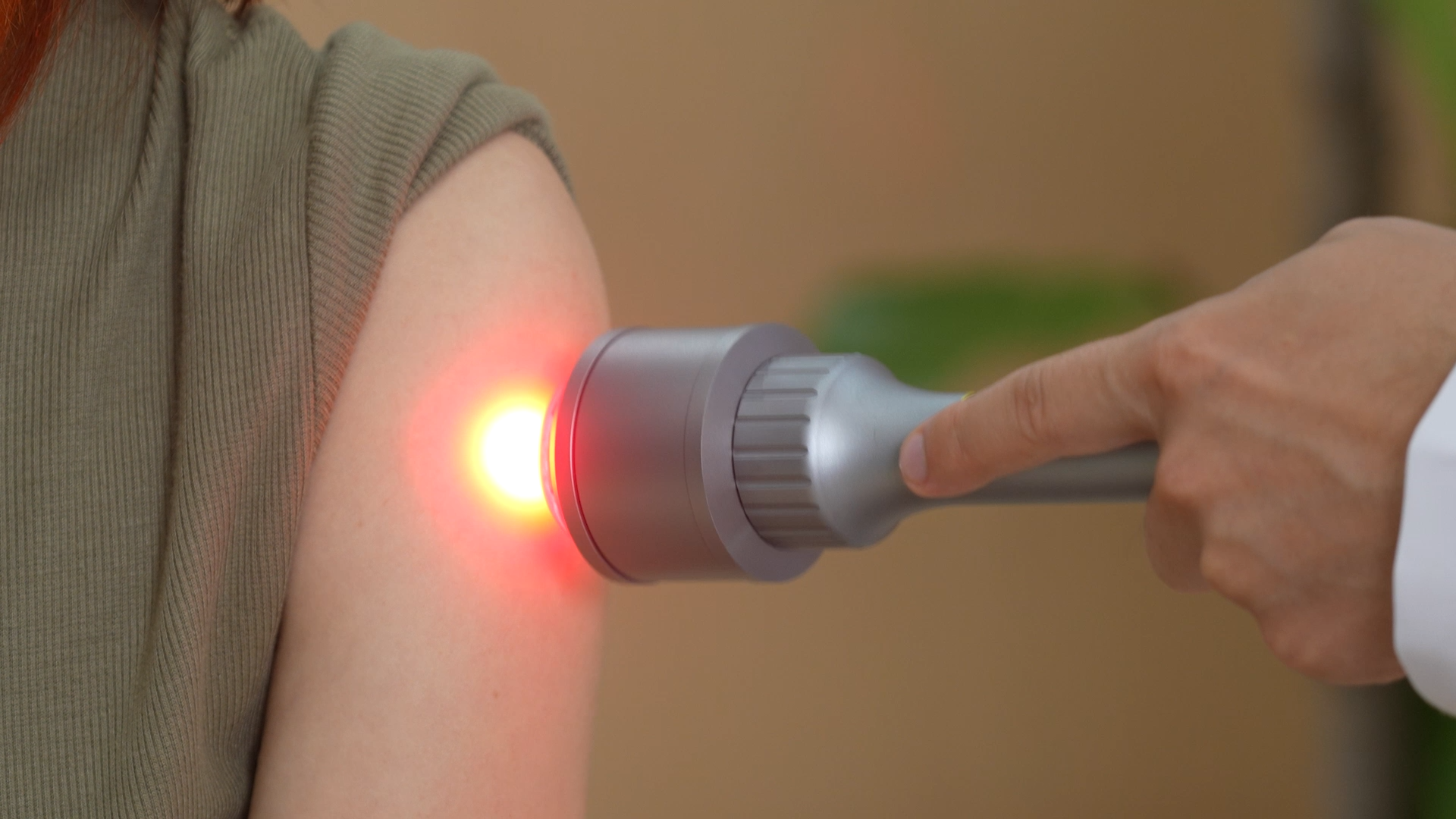Page Contents
Laser therapy, also known as low-level laser therapy (LLLT) or photobiomodulation therapy. It is a non-invasive treatment option that utilizes specific wavelengths of light to stimulate healing and reduce pain and inflammation in various conditions. Let’s explore the characteristics of the ideal patient for the therapy and how they can benefit from this innovative approach to healing.
Understanding Laser Therapy
Laser therapy involves the use of focused light energy to penetrate tissues and stimulate cellular activity. This stimulation promotes the production of adenosine triphosphate (ATP), which provides energy for cellular processes, including repair and regeneration. Additionally, this therapy helps increase blood circulation, reduce inflammation, and alleviate pain. It’s a versatile treatment option for a wide range of conditions.
Ideal Candidates for Laser Therapy
- Patients with Chronic Pain: This therapy is particularly beneficial for individuals dealing with chronic pain conditions, such as arthritis, fibromyalgia, or neuropathy. These patients often experience persistent discomfort that significantly impacts their quality of life. The therapy offers long-lasting pain relief by reducing inflammation and promoting tissue healing.
- Athletes and Active Individuals: Athletes and physically active individuals are prone to muscle strains, sprains, and overuse injuries due to their rigorous training regimens. Laser therapy can accelerate the recovery process for these individuals, helping them return to their activities faster.
- Post-Surgical Patients: After surgery, patients may experience pain, swelling, and limited mobility as part of the healing process. This therapy can aid in post-operative recovery by reducing inflammation, promoting tissue healing, and minimizing scar formation. It’s often used in conjunction with other rehabilitation modalities to optimize outcomes and expedite recovery.
- Individuals with Acute Injuries: This therapy is effective for treating acute injuries such as strains, sprains, and bruises. These injuries often result from sudden trauma or overexertion and can cause significant pain and swelling. This therapy helps alleviate discomfort and accelerate the healing process by increasing blood flow to the injured area and stimulating tissue repair mechanisms.
- Patients with Wound Healing Issues: Some individuals may experience slow-healing wounds, diabetic ulcers, or pressure sores due to underlying health conditions or compromised circulation. Laser therapy can enhance wound healing by promoting cellular activity and collagen production.
- Those Seeking Non-Invasive Treatment Options: The therapy appeals to patients looking for non-invasive treatment options with minimal side effects and downtime. Unlike surgery or medication, laser therapy does not require incisions or anesthesia, making it a safe and well-tolerated treatment option for individuals with various health concerns. Laser therapy sessions are typically brief and painless, allowing patients to resume their daily activities immediately afterward.
Benefits of Laser Therapy for the Ideal Patient
- Reduced pain and inflammation: The therapy targets pain receptors and reduces inflammation, providing effective symptom relief.
- Accelerated tissue healing and regeneration: By stimulating cellular activity, this therapy promotes tissue repair and regeneration, leading to faster recovery.
- Improved blood circulation: Laser therapy increases blood flow to the treated area, delivering oxygen and nutrients essential for healing.
- Non-invasive and painless treatment: The therapy is non-invasive and painless, offering a comfortable treatment experience with minimal side effects.
- Minimal downtime: Patients can resume their normal activities immediately after the therapy sessions, minimizing disruptions to their daily routine.
Conclusion
The ideal patient for laser therapy is someone seeking effective pain relief and improved healing without the need for invasive procedures or medications. Laser therapy offers numerous benefits for individuals dealing with chronic pain, acute injuries and post-operative recovery. By stimulating tissue repair mechanisms and reducing inflammation, this therapy promotes optimal recovery and enhances patients’ overall quality of life. Consult with a healthcare professional to determine if it’s the right treatment option for your specific condition.
